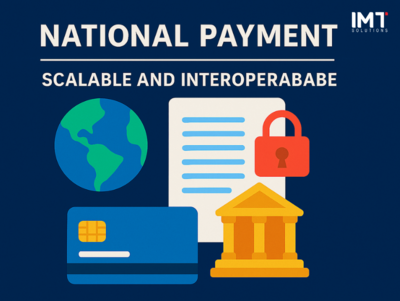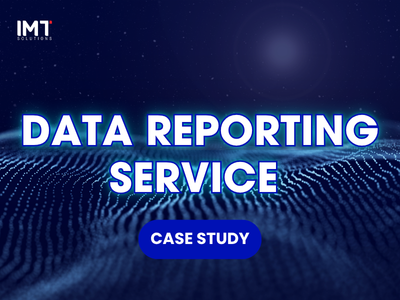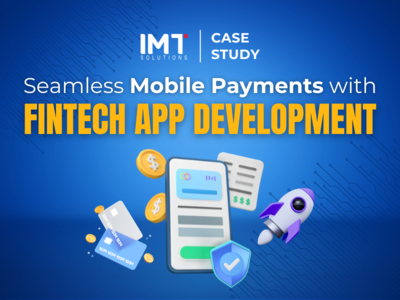National Payment: Scalable and Interoperable National Payment Infrastructure
Why “national payment” is the backbone of digital government?
In the context of digital transformation, the national payment system is not just a financial tool – it is the operational foundation of the digital government. National payment plays a backbone role in digital payment as it provides a secure, interconnected, and scalable payment infrastructure for all public services. From disbursing social benefits, collecting taxes, to issuing insurance, all require a payment system with interoperability – the ability to connect between banks, e-wallets, and government agencies – to ensure seamless service. At the same time, scalability allows the system to handle millions of transactions daily while maintaining high performance. Owning a domestic payment system also helps the country protect its digital sovereignty, control financial data, and reduce dependence on foreign platforms. Therefore, national payment is not just a part of the digital infrastructure – it is a prerequisite for the digital government to operate effectively and sustainably.
Old vs. New Payment System: What’s the game-changer?
First, we will examine the transition from traditional payment models to modern ones – an inevitable step as technology develops and user demands change. Old business models are forced to adapt or make way for new, more flexible approaches. In the next section, we will analyze the core differences between the old and new payment systems, thereby highlighting the transformation of the fintech industry in recent years.
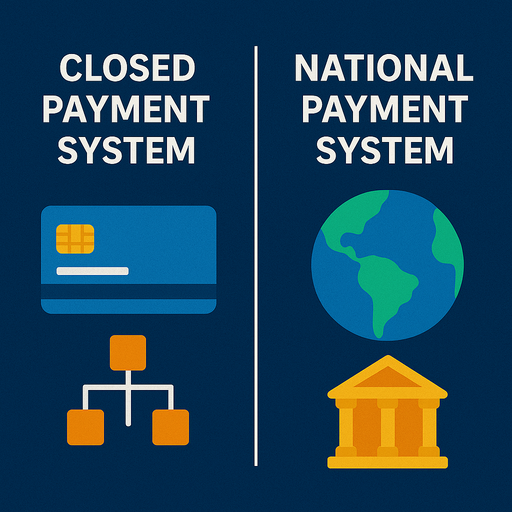
Criteria |
Legacy System |
New System by IMT |
|---|---|---|
System Architecture |
Monolithic, rigid | Modular, scalable |
Concurrent Users |
limited capacity, prone to congestion | >100,000 |
Data Interoperability |
Fragmented, siloed | RESTful API integration |
Security & Authorization |
KDC errors, manual roles | PCI-DSS compliant, RBAC |
Uptime & Availability |
Unstable | >99.98% uptime |
Deployment Flexibility |
Department-based | Cross-agency national implementation |
Migrating from a legacy platform requires a modular architecture mindset and multi-tier integration, allowing scale-up at both local and federal levels.
Why a national payment system must be scalable and interoperable?
A modern national payment system is more than just a transaction engine. It’s the foundation for connected, citizen-centric digital services:
- Synchronizing data across civil registry, taxation, healthcare, education
- Linking public funds across central/local governments and treasury
- Meeting international standards for security, compliance, and transparency
- Enabling horizontal scaling by region, state, or sector
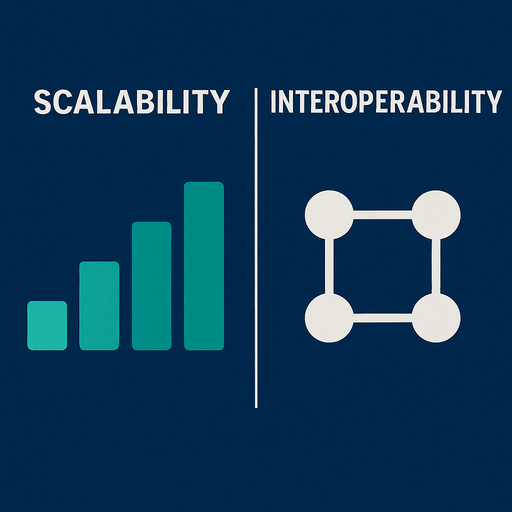
What do financial authorities and banks require?
Public finance agencies such as the treasury, tax departments, social insurance, and commercial banks demand that a national payment infrastructure provides:
- Multi-factor authentication (MFA, certificate, KDC fallback)
- Real-time processing and reconciliation
- Easy integration with accounting and financial systems
- Automation of recurring workflows and reporting
CASE STUDY: Modernizing National Payment Infrastructure
Project oveview
The national payment infrastructure modernization project implemented by IMT Solutions has been successfully deployed in the United States, where the government’s old system has been upgraded to a modern, secure payment platform with cross-sector integration capabilities. The new system supports over 100,000 concurrent users, complies with PCI-DSS security standards, and allows for seamless data integration across fields such as taxation, civil affairs, healthcare, and education.
The success in the United States not only demonstrates IMT’s technical capabilities but also opens up the potential for widespread application in countries with high demands for security, decentralized administration, and government digitization — such as Switzerland, Singapore, and Germany. This project is a testament to how technology can reshape the way governments operate public services, aiming for an efficient, transparent administration that is citizen-centered.
Technologies Used:
- Spring Boot, Docker, Tomcat Cluster, MariaDB, Neo4j
- Quartz Scheduler for automation
- RESTful & SOAP APIs for legacy/new system interoperability
- Graph DB for dynamic citizen–transaction relations
Outcomes:
The new system was initially deployed in several states or small areas to replace older platforms previously used in public-sector payment processing, which had many limitations in terms of security and performance. After demonstrating superior effectiveness — including fast transaction processing, high security, and the ability to integrate cross-sector data — the system has been expanded nationwide, serving millions of users in a complex, multi-layered administrative environment. This is a public project with special requirements for security, scalability, and data interoperability across fields such as taxation, civil affairs, health, and education. The successful implementation clearly showcases the technical capabilities and systems thinking of IMT Solutions, while also opening up potential applications in countries with similar requirements such as Germany, Singapore, and Switzerland.
Factor |
Before Modernization |
After IMT Implementation |
|---|---|---|
Coverage |
Localized | Nationwide |
Concurrent Users |
~5,000 | >100,000 |
Response Time |
3–5 seconds | <1 second (95% of transactions) |
Data Integration |
Manual, disconnected | Real-time, cross-sector |
System Availability |
Unstable | >99.98% uptime |
Global Applicability
IMT’s model is ideally suited for public-sector modernization projects that require secure, scalable, and interoperable payment infrastructure. Originally designed for complex government environments, the system has proven effective in handling large-scale citizen data, integrating cross-sector services, and adapting to administrative diversity. While successfully deployed in a federated context, the architecture is not limited to federal governments — it is equally applicable to centralized, regional, or hybrid governance models. This flexibility makes it a strong candidate for adoption in countries such as Germany, Singapore, and Switzerland, where digital transformation in public services demands robust data interoperability and operational resilience.
Conclusion
A modern national payment system is not just software — it’s national digital infrastructure. With proven implementation experience in complex public-sector environments, IMT demonstrates that it is possible to build a payment gateway infrastructure that is modular, scalable, and interoperable, delivering secure and reliable services from local to national levels. If your government is exploring digital transformation or seeking to unify fragmented payment systems, IMT is ready to help. Our experts can provide tailored consultation to assess your current infrastructure and co-design a roadmap that fits your administrative and technical needs. Contact IMT to schedule a consultation and explore how we can support your modernization goals.
